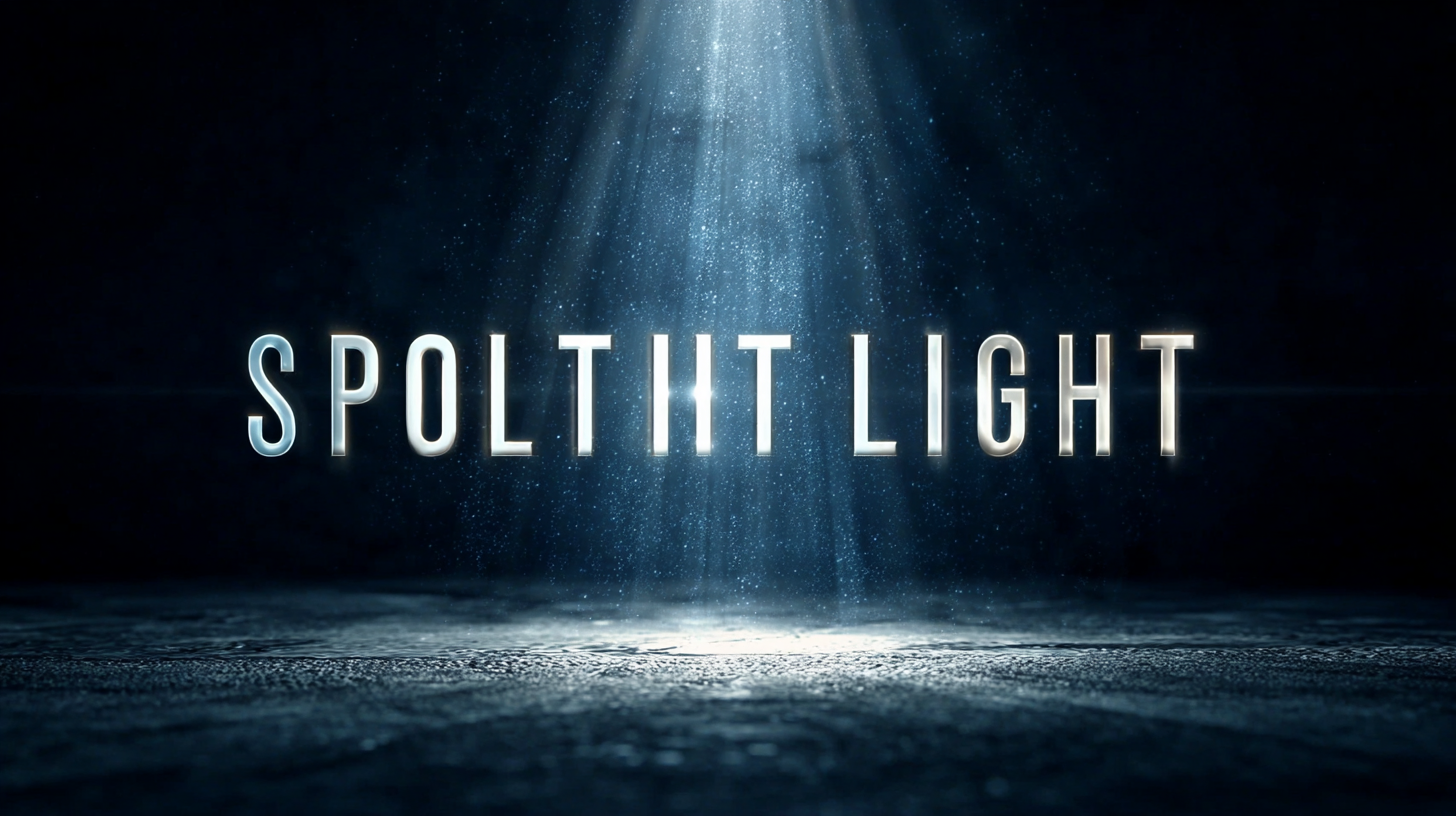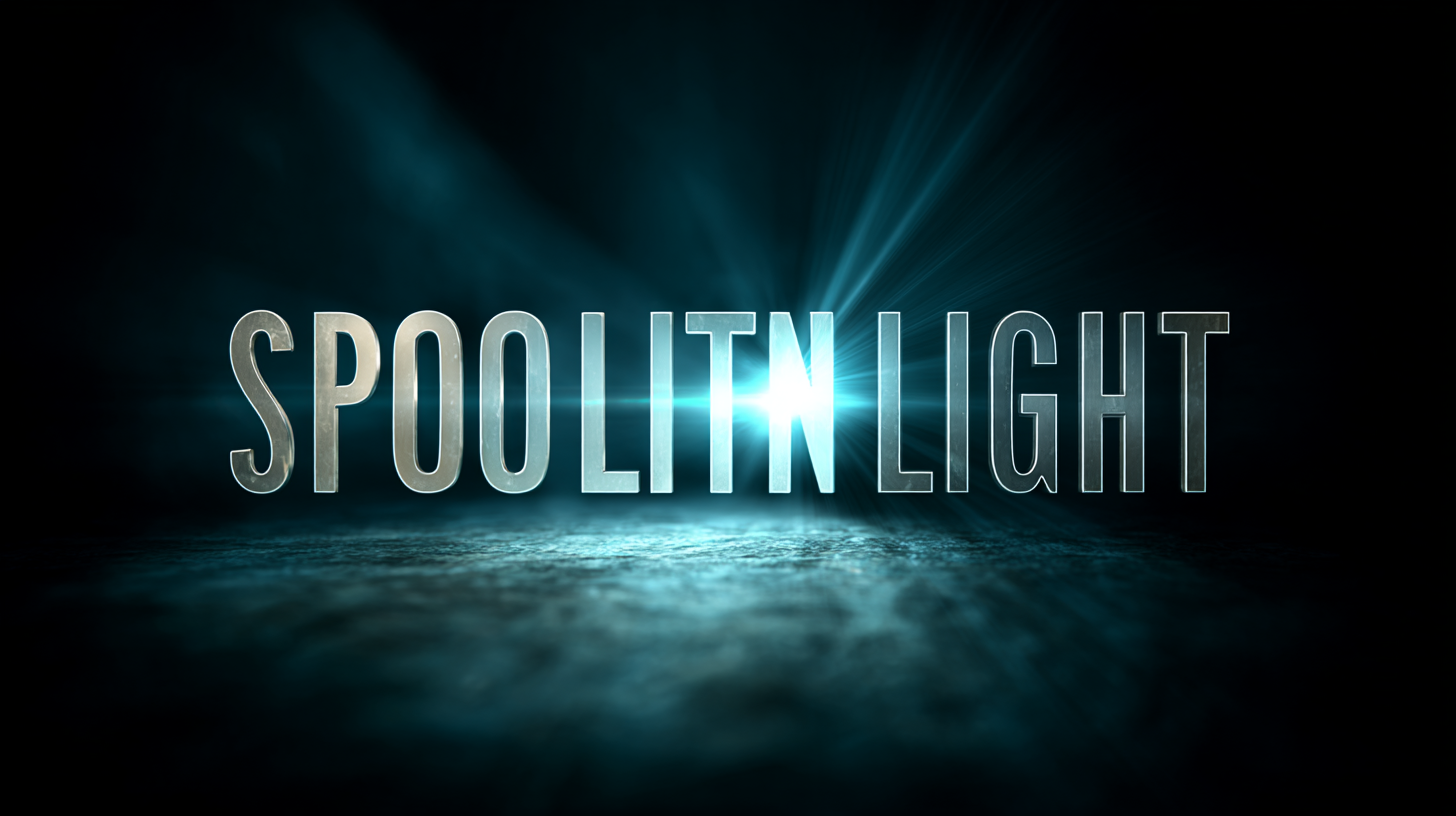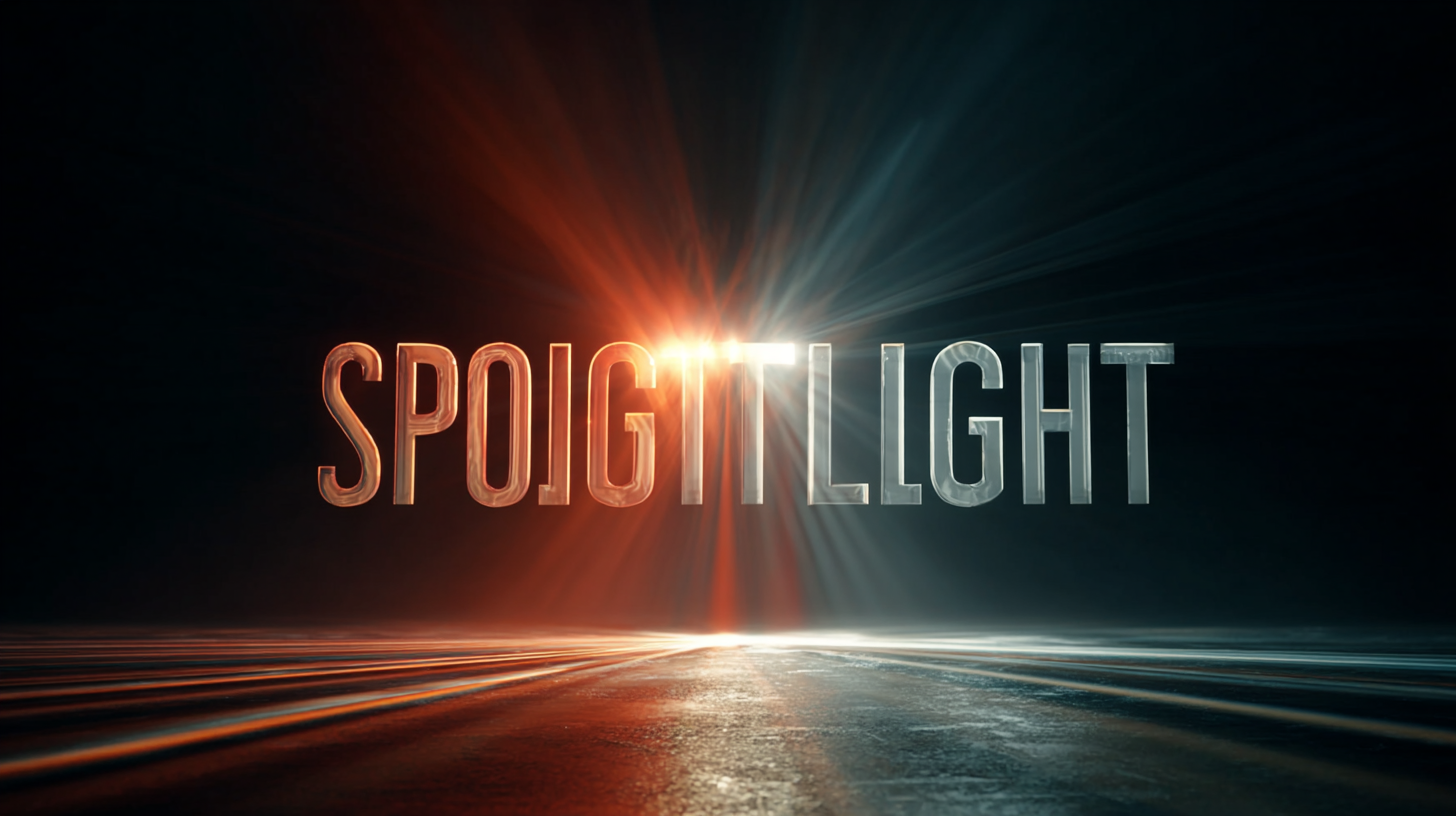
Challenges in Sourcing the Best Spotlight Light Solutions for Global Buyers
The global demand for innovative and efficient lighting solutions has seen a dramatic rise, particularly spotlight light technologies, given their critical role in various applications from theatrical productions to retail displays. According to a 2022 market report from Grand View Research, the global lighting market is expected to reach USD 263.6 billion by 2028, with a significant portion driven by advancements in LED technology and smart lighting systems.

As global buyers seek the best spotlight light solutions, they face challenges such as balancing quality, cost, and sustainability amid the increasing competition from manufacturing powerhouses like China. Chinese manufacturers, known for their robust production capabilities, are at the forefront of this market shift, offering innovative spotlight light products that cater to diverse consumer needs. However, navigating the complexities of sourcing high-quality, reliable spotlight light options while adhering to stringent international standards remains a pressing issue for global buyers.
Key Challenges in Identifying Quality Spotlight Light Solutions for Global Markets
Identifying quality spotlight light solutions for global markets presents numerous challenges for buyers. One of the primary hurdles is the variety of standards and regulations that differ from region to region. Buyers must navigate compliance requirements which can vary significantly, leading to potential legal and financial risks if not properly addressed. Verifying whether products meet these standards requires thorough research and often local expertise, emphasizing the need for partnerships with reliable suppliers.
To streamline the sourcing process, consider implementing a few strategic tips. First, establish clear communication with potential suppliers about their certifications and compliance with international standards. Additionally, utilize third-party testing services to evaluate product quality before committing to orders. This proactive approach can prevent issues down the line and ensure that the products sourced meet market expectations.
Another challenge lies in the rapidly evolving technology related to spotlight lighting. With continuous advancements, it can be difficult to keep up with the latest, most efficient options available. Staying informed through industry trade shows and technology expos can provide insights into innovative solutions. Engaging in forums and professional networks can also enhance your understanding of emerging trends and best practices in spotlight lighting.
Impact of Sustainable Lighting Solutions on Global Sourcing Strategies
In recent years, the demand for sustainable lighting solutions has significantly transformed global sourcing strategies, particularly for spotlight light solutions. According to a report by the International Energy Agency (IEA), energy-efficient lighting could reduce global electricity consumption for lighting by up to 50% by 2030. This shift not only addresses environmental concerns but also appeals to increasingly eco-conscious consumers, making it imperative for buyers to incorporate sustainable options into their sourcing strategies.
Moreover, the preference for LED technology over traditional lighting is on the rise, with the market for LED lights projected to reach $105 billion by 2025, as reported by MarketsandMarkets. This surge highlights the importance of sourcing adaptable, durable, and energy-efficient products that align with global sustainability goals. Companies that prioritize eco-friendly sourcing can not only reduce their carbon footprints but also enhance their brand reputation, as 67% of consumers are willing to pay more for sustainable products, according to Nielsen. Emphasizing sustainability in sourcing strategies not only benefits the environment but also positions companies favorably in a competitive marketplace.

Emerging Trends in the Spotlight Lighting Industry: Data-Driven Insights
The spotlight lighting industry is undergoing significant transformations driven by emerging trends and technological advancements. Global buyers are increasingly looking for innovative lighting solutions that not only enhance aesthetics but also improve energy efficiency. Data-driven insights indicate a strong preference for LED technology due to its longevity and lower energy consumption. As sustainability becomes imperative, manufacturers are adapting their production processes to meet eco-friendly standards, making it essential for buyers to choose products that align with these values.
Tip: When sourcing spotlight lighting, consider suppliers who prioritize green manufacturing practices. Look for products that carry energy-efficient certifications to ensure you are making a responsible choice.
Another trend reshaping the industry is the integration of smart lighting systems. These systems allow users to control their lighting remotely and customize settings for different occasions, adding an extra layer of functionality. Data analytics helps manufacturers understand user preferences, leading to the development of more tailored solutions.
Tip: Invest in smart spotlight light solutions that offer connectivity options. This will not only provide convenience but can also lead to optimized energy usage and enhanced user experience.
Challenges in Sourcing the Best Spotlight Light Solutions
This chart illustrates the emerging trends in the spotlight lighting industry based on recent data collected from global buyers. The key challenges in sourcing the best solutions are depicted across various aspects such as price, energy efficiency, design, and availability.
Maximizing Cost-Effectiveness: Balancing Quality and Price in Sourcing
In today’s competitive market, sourcing spotlight light solutions requires a careful evaluation of both quality and cost-effectiveness. According to a report by Market Research Future, the global lighting market is expected to reach $146.4 billion by 2025, emphasizing the increasing demand for high-quality lighting solutions. Buyers face the challenge of selecting products that meet stringent quality standards while keeping costs in check. With suppliers from various regions, including Asia-Pacific, offering a wide range of products, the complexity of balancing quality and price becomes even more pronounced.
To maximize cost-effectiveness, buyers must adopt a strategic approach. A recent study by Deloitte highlights that companies that implement rigorous supplier assessments and quality control measures can reduce defects by up to 30%. This not only lowers the expenses associated with returns and replacements but also enhances brand reputation. Moreover, leveraging technological advancements, such as automated inventory tracking and data analytics for forecasting trends, can lead to a more informed purchasing decision. By focusing on these practices, global buyers can secure high-quality spotlight lighting solutions that align with both their budgetary constraints and market expectations.
Challenges in Sourcing the Best Spotlight Light Solutions for Global Buyers - Maximizing Cost-Effectiveness: Balancing Quality and Price in Sourcing
| Supplier Location | Quality Rating (1-5) | Price (USD) | Lead Time (Days) | Warranty Period (Years) |
|---|---|---|---|---|
| China | 4 | 25 | 30 | 2 |
| Germany | 5 | 80 | 20 | 5 |
| USA | 4 | 60 | 15 | 3 |
| Japan | 5 | 90 | 25 | 4 |
| India | 3 | 20 | 35 | 1 |
Navigating Compliance and Standards: Ensuring Global Compatibility in Spotlight Solutions
In today’s global marketplace, sourcing spotlight light solutions presents unique challenges, primarily around compliance and standards. The diversity of regulations across regions can complicate the sourcing process. According to a report by MarketsandMarkets, the global lighting market is expected to grow from $110.4 billion in 2020 to $177.6 billion by 2026, a rise that reflects a growing emphasis on energy efficiency and advanced technologies. However, international buyers must ensure that the products they source adhere to local safety and environmental standards, such as the IEC 60598 for general lighting and the RoHS directive in the EU.
Navigating these compliance challenges requires a thorough understanding of each market’s specific requirements. For instance, the UL standard in North America focuses on safety for electrical appliances, while European buyers may look for CE marking as a declaration of conformity. A recent survey conducted by the Lighting Research Center indicates that 70% of manufacturers struggle with understanding these varied standards, which can lead to costly missteps. To mitigate risks, global buyers should partner with manufacturers who have a proven track record of compliance, ensuring that their spotlight light solutions meet all necessary standards while remaining competitive in an increasingly regulated global environment.

